Earrings
Rings
Necklaces
Bracelets
Earrings
Rings
Necklaces
Bracelets
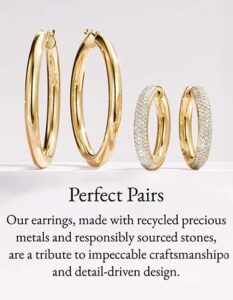
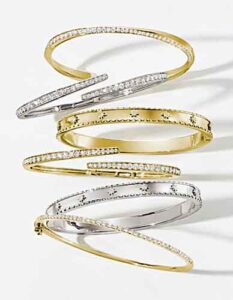
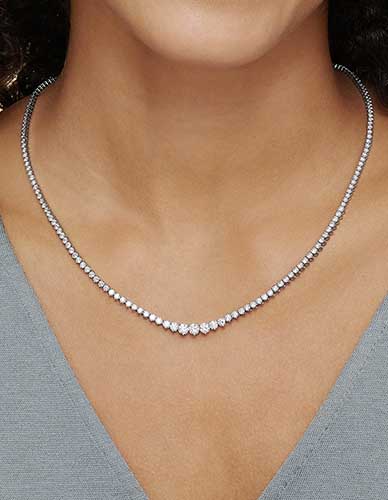
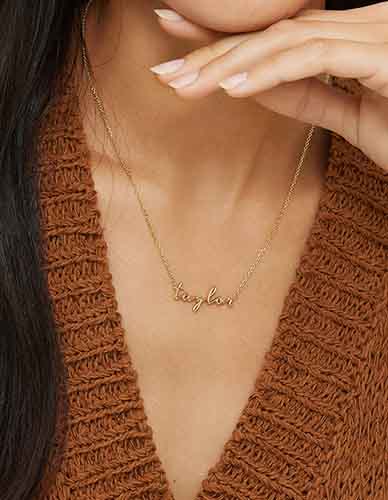
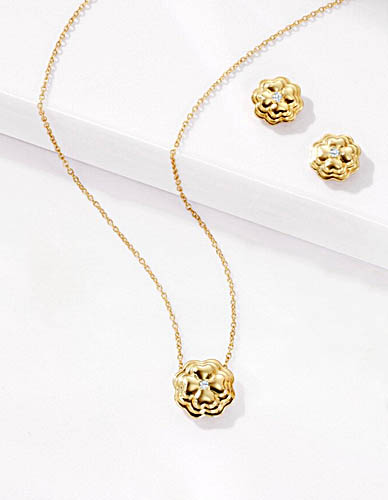





Explore our most sought-after women's wedding rings that showcase stunning, exclusive designs.
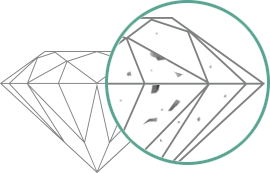
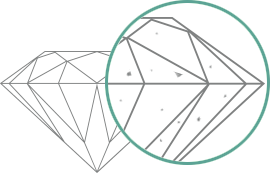
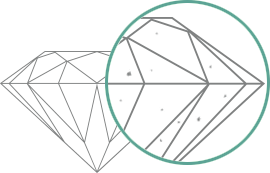
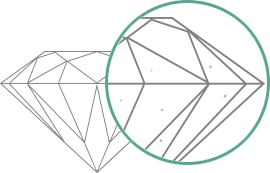
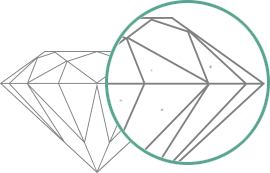
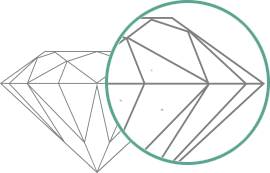
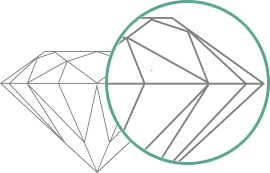
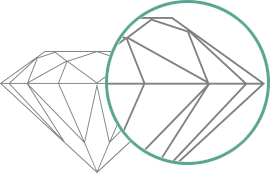
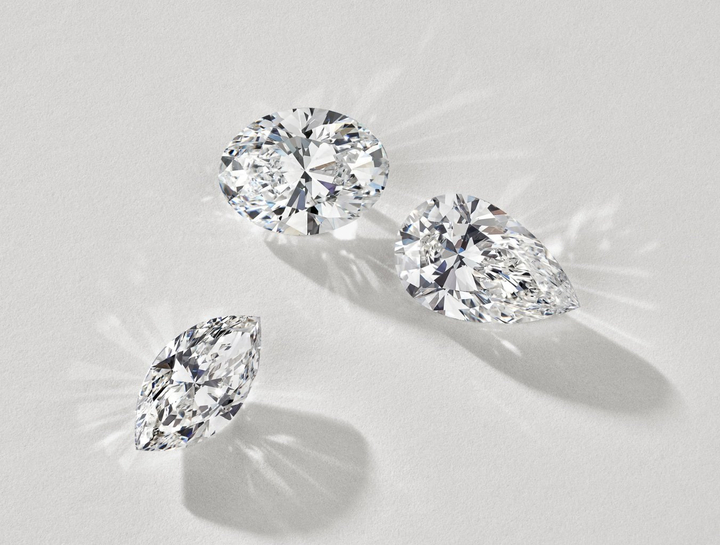
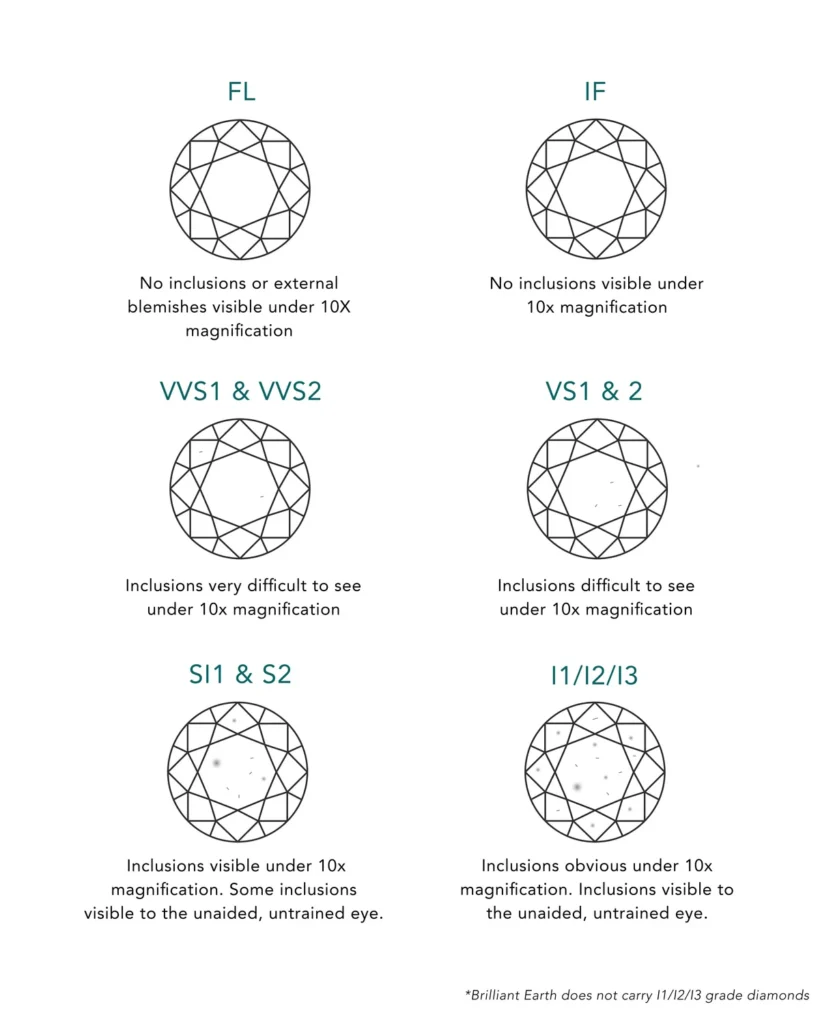
The Gemological Institute of America (GIA) has extensively studied how light interacts with round brilliant cut diamonds to better understand the factors that contribute to their appearance and sparkle. The result of their studies was the GIA Cut Grading System, which standardizes and evaluates cut quality on appearance (brilliance, fire, scintillation), design (proportion), and craftsmanship (polish, symmetry). Their cut scale ranges from Excellent to Very Good, Good, Fair, and Poor.
Most independent institutes use their own language to rank the overall cut of a diamond. For example, the International Gemological Institute (IGI) adds an extra rank atop Excellent, rating their highest-quality diamonds as Ideal. At Brilliant Earth, we also use specific scale language to help our customers understand subtle cut differences affecting quality and price. We base our scale on the cut specifications the certifying gemological laboratory provides and rank diamonds from Super Ideal to Ideal, Very Good, Good, Fair, and Poor. This means that, for example, a GIA-certified diamond with an Excellent cut grade will be listed as a Super Ideal or Ideal diamond on the Brilliant Earth site.
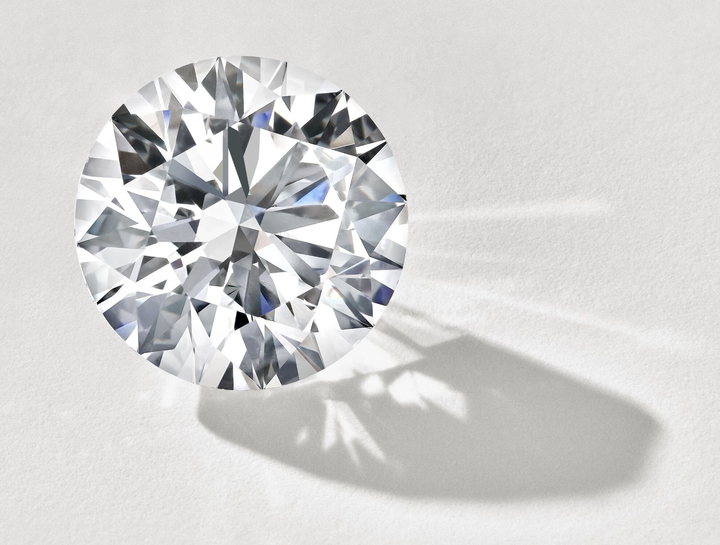
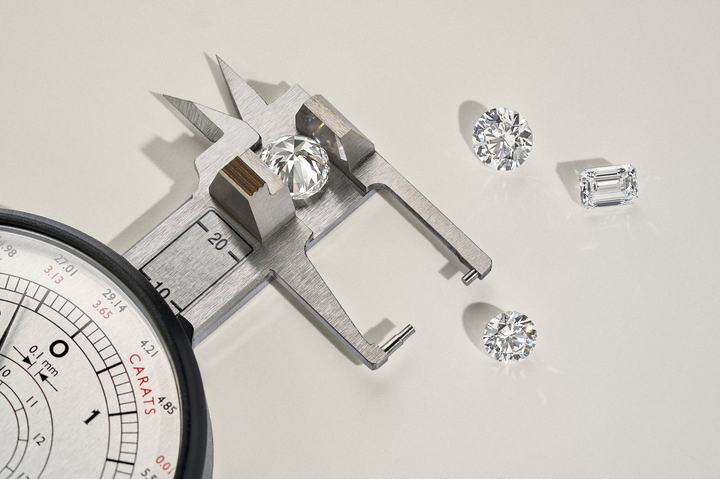
The Gemological Institute of America (GIA) has extensively studied how light interacts with round brilliant cut diamonds to better understand the factors that contribute to their appearance and sparkle. The result of their studies was the GIA Cut Grading System, which standardizes and evaluates cut quality on appearance (brilliance, fire, scintillation), design (proportion), and craftsmanship (polish, symmetry). Their cut scale ranges from Excellent to Very Good, Good, Fair, and Poor.
Most independent institutes use their own language to rank the overall cut of a diamond. For example, the International Gemological Institute (IGI) adds an extra rank atop Excellent, rating their highest-quality diamonds as Ideal. At Brilliant Earth, we also use specific scale language to help our customers understand subtle cut differences affecting quality and price. We base our scale on the cut specifications the certifying gemological laboratory provides and rank diamonds from Super Ideal to Ideal, Very Good, Good, Fair, and Poor. This means that, for example, a GIA-certified diamond with an Excellent cut grade will be listed as a Super Ideal or Ideal diamond on the Brilliant Earth site.

Diamond cut and diamond shape are not the same thing. Diamond shape refers to the external outline of a diamond (round, oval, or marquise, for example). Diamond cut refers to the precision and artistry used to craft a diamond’s internal faceting and, therefore, brilliant sparkle. While both shape and cut are critical factors to consider when picking the perfect diamond, we suggest first deciding on the shape and then finding a diamond that balances the 4 C’s of cut, color, carat, and clarity with your budget.
All of the 4 C’s are important. Which will be the most important depends on your preferences. If a super sparkly diamond is imperative for you, cut will be the most important.
The most expensive diamond cut is generally the Excellent/Super Ideal cut, as it is the highest-quality cut grade. The ultimate price of the diamond will depend on the balance of all 4 C’s.
The most affordable diamond cut is generally the Poor cut, as it is the lowest-quality cut grade. The ultimate price of the diamond will depend on the balance of all 4 C’s. We don’t recommend nor offer Poor-cut diamonds. We suggest at least a Very Good cut diamond to balance sparkle and budget.
An Excellent/Super Ideal cut diamond will sparkle the most. A round brilliant diamond with an excellent cut grade will generally provide the most sparkle out of all shape/cut combinations.
The best diamond cut is Excellent/Super Ideal. Determining the best diamond cut for you will depend on your budget and a balance of the other 4 C’s.
As diamond is the hardest naturally occurring mineral on Earth, a laser or saw coated in diamond dust must be used to cut it.
The most popular diamond cut ranges between Good – Excellent/Super Ideal.
Before they are cut, diamonds feature rough forms that can vary in shape. While still quite beautiful, this cut does little to maximize the effects of light moving through the stone.